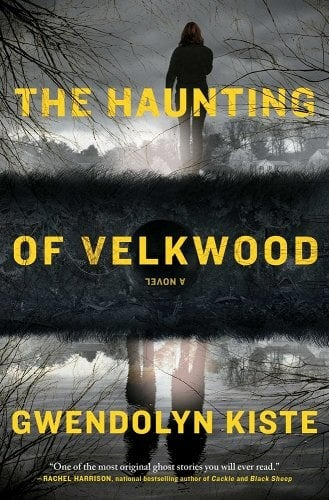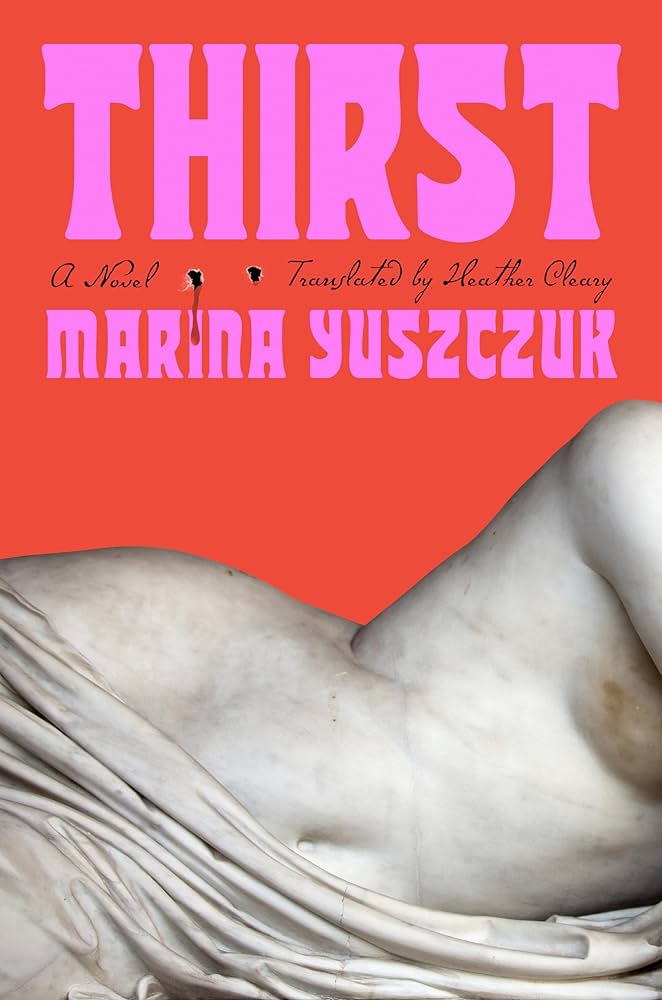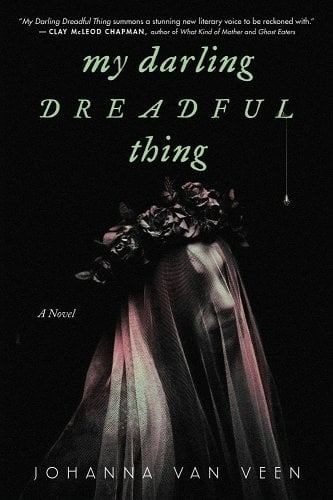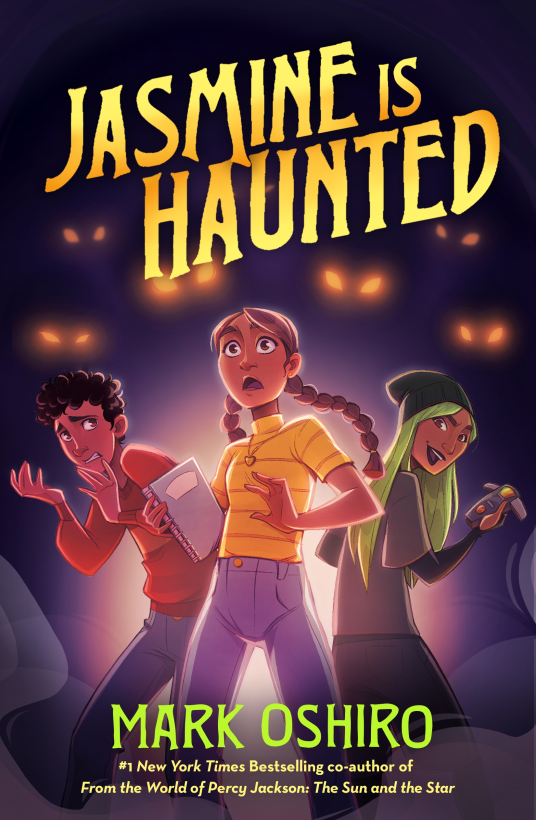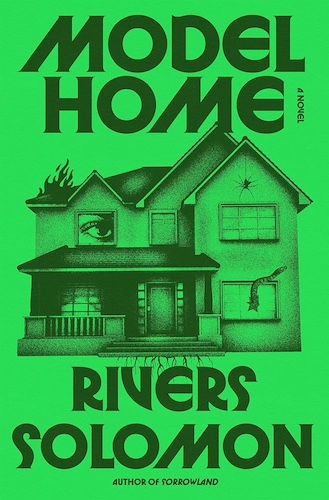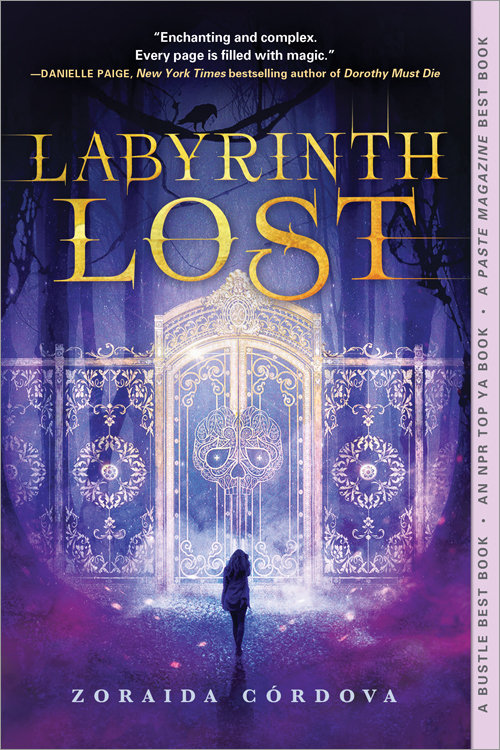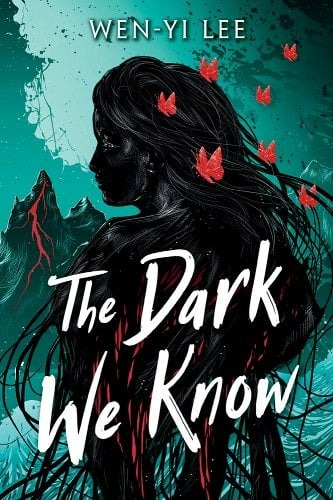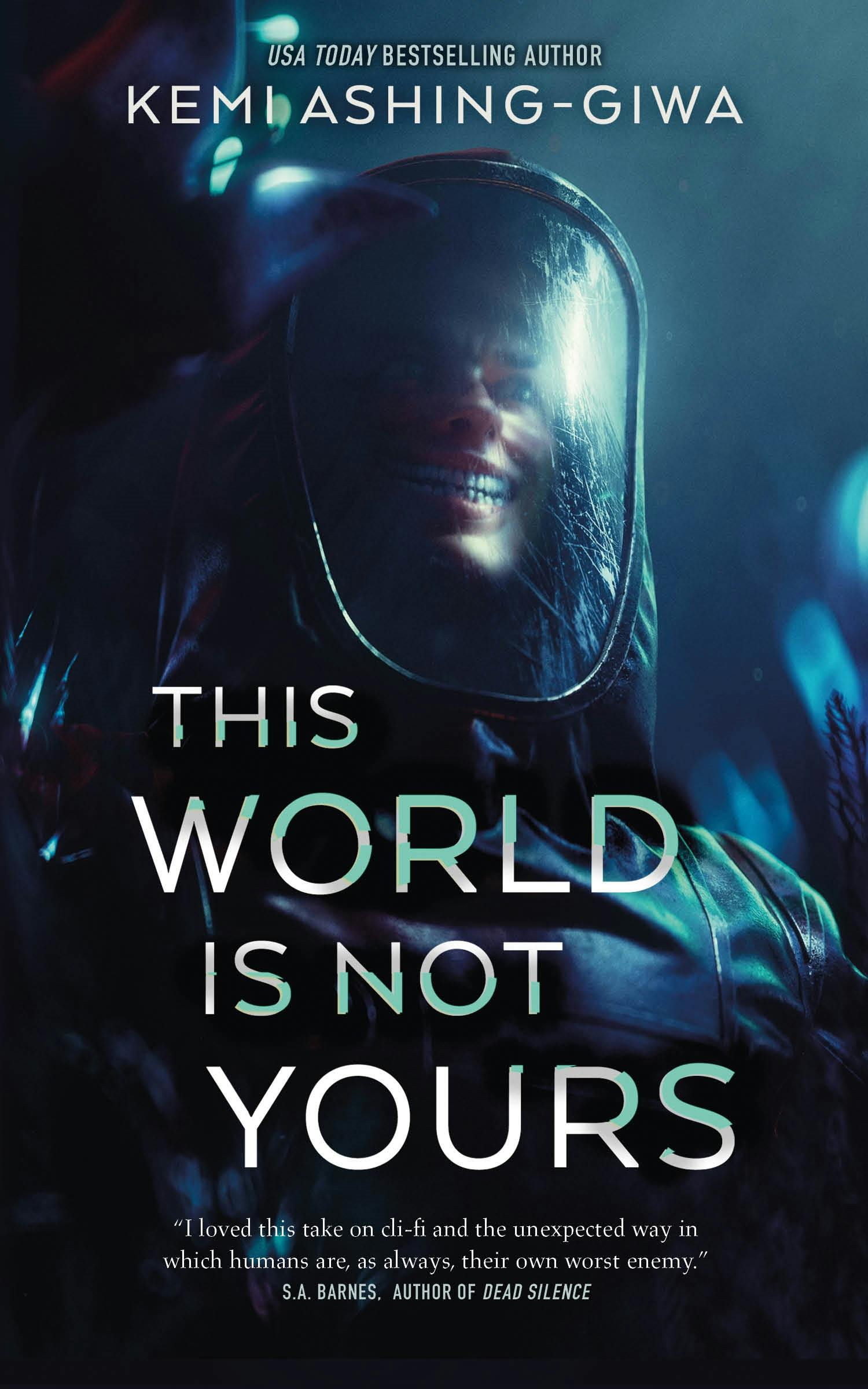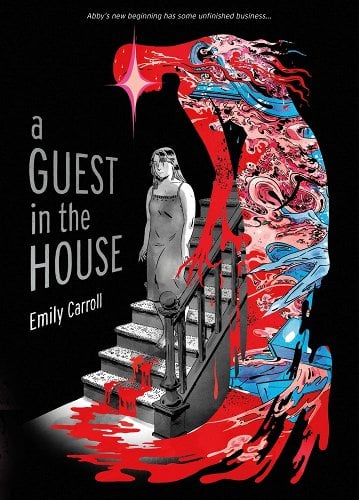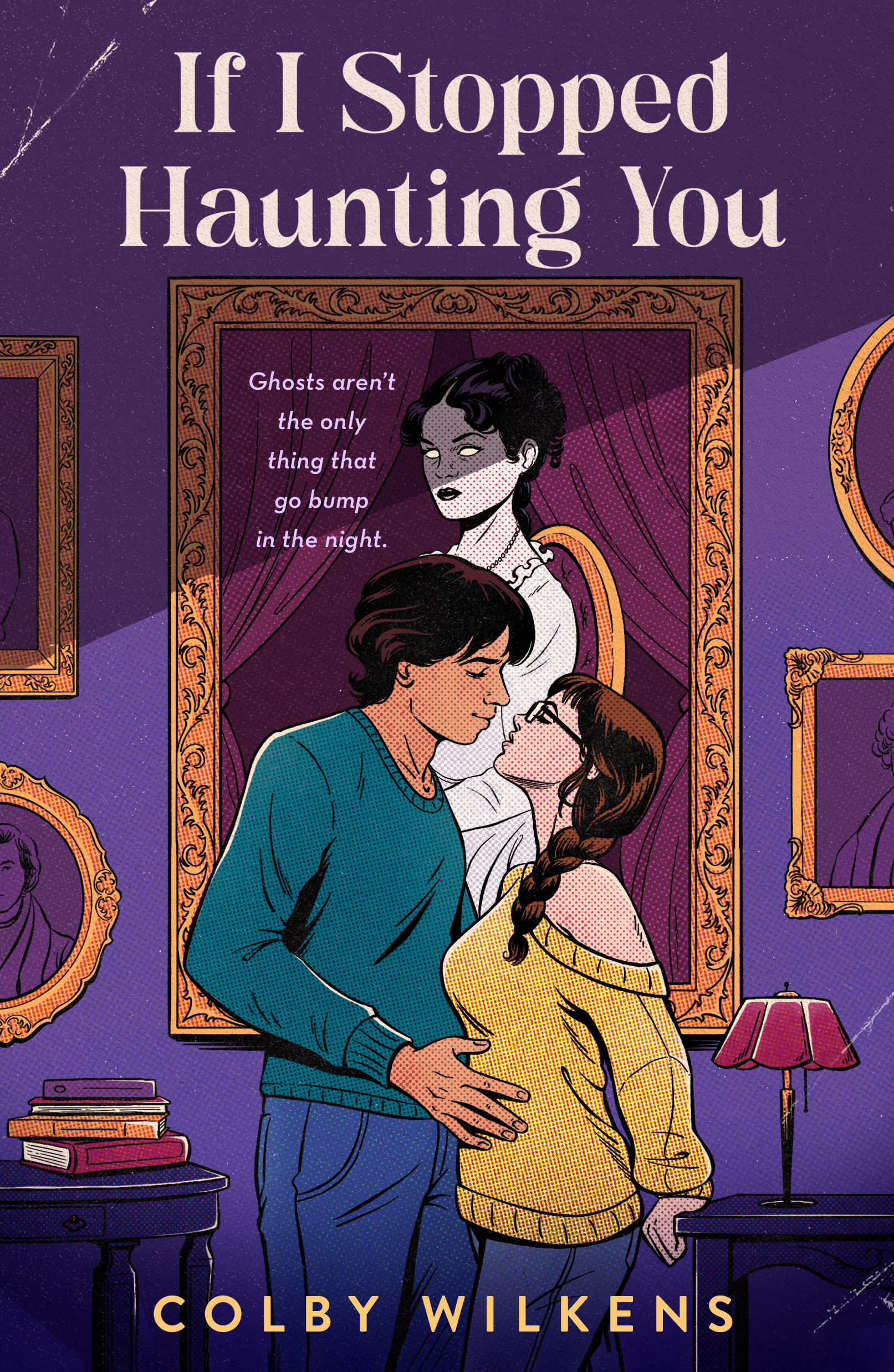If I had a nickel for every book I’ve read recently about a suddenly haunted suburb, I’d have two nickels. Which isn’t a lot, but I guess authors are stepping up to throw those sorts of neighborhood into the ghost void. The Haunting of Velkwood by Gwendolyn Kiste is a great little horror romp about a disappearing neighborhood,Read More
A Sapphic & Sanguine Vampire Gothic to Satisfy All Your Cravings: Thirst by Marina Yuszczuk
Are you searching for a spine-tingling sapphic read to round out your October TBR? Look no further! Thirst is a gorgeous Gothic novel that follows two women across two different time periods as they grapple with their seemingly insatiable desires. Written by Marina Yuszczuk (she/her) and translated by Heather Cleary, Thirst is told in two parts. In Part One, aRead More
The Perfect Queer Gothic to Read on Halloween: My Darling Dreadful Thing by Johnna van Veen
I’ve been trying to spend the fall reading Gothic fiction, and as Halloween approaches, Johanna van Veen’s queer Gothic horror novel, My Darling Dreadful Thing (Poisoned Pen Press, 2024), is the perfect book for this time of year! Veen’s debut novel follows Roos Beckman in the 1950s. Roos has a spirit companion, Ruth, has been dead forRead More
Grief and the Gay Supernatural Alliance: Jasmine is Haunted by Mark Oshiro
Jasmine Garza is tired of moving, she’s tired of switching schools, and she’s tired of her Mami not believing her. Ever since her father died, she’s been haunted—but not by him. By a ghost who wants to ruin her life, apparently, because it keeps getting her into trouble. She’s tried to talk to her MamiRead More
This Queer Horror Book Will Haunt You: Model Home by Rivers Solomon
This was my first Rivers Solomon book, and from the first page, I understood why I’d heard such good things about them. Here are the opening lines: “Maybe my mother is God, and that’s why nothing I do pleases her. Maybe my mother is God, and that’s why even though she’s never once saved me,Read More
10 Sapphic Books to Celebrate Latine Heritage Month & the Spooky Season
September 15th to October 15th is Hispanic/Latine Heritage Month. It happens to overlap perfectly with the spooky season. What better way to celebrate both than with some horror or speculative fiction novels starring sapphic characters? Check out some amazing picks below in no particular order. Her Body and Other Parties by Carmen Maria Machado I’ve reviewedRead More
A Small-Town Haunting: The Dark We Know by Wen-yi Lee
Wen-yi Lee’s The Dark We Know follows Isadora Chang, an art student who left her small hometown after the deaths of two of her best friends. Two years later, she returns for the funeral of her abusive father, where she encounters her last surviving friend, Mason. Mason tells her that he suspects their friends were in fact murderedRead More
A Toxic Polycule on a Hostile Planet: This World is Not Yours by Kemi Ashing-Giwa
When The Lesbrary received an ARC of This World is Not Yours by Kemi Ashing-Giwa, I had to pick it up. This science fiction novella, which came out September 10, 2024, takes place on a colony world far in the future and involves space corporation politics, a planet with an unusual ecosystem that probably should not haveRead More
A Gory Graphic Novel to Kick Off Sapphic Spooky Season: A Guest in the House by E.M. Carroll
As October approaches, consider adding sapphic graphic novel A Guest in the House by E.M. Carroll (they/them) (previously credited as Emily Carroll) to your TBR. Winner of the 2024 Lambda Literary Award for LGBTQ+ Comics, A Guest in the House follows Abby, an unassuming small-town woman who has just gotten married to David, a recently widowed dentist, and isRead More
Indigenous Representation in Every Shade: If I Stopped Haunting You by Colby Wilkens
Yá’át’ééh shik’éí dóó shidine’é. Shí éí Chloe yinishyé. Bilagáana nishłį́ Naakaii Dine’é bashishchiin. Kót’éego diné nishłį́. Hello my friends. I am called Chloe. I am born to Bilagáana (White people), born for Naakaii Dine’é (the Mexican people clan). In this way, I am a Navajo person. When I was sixteen years old, I excitedly told one ofRead More
- 1
- 2
- 3
- …
- 11
- Next Page »
